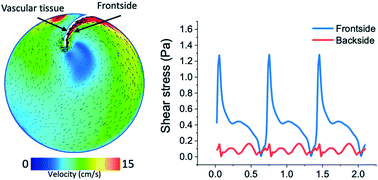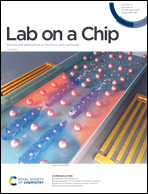Healthy and diseased in vitro models of vascular systems
Abstract
Irregular hemodynamics affects the progression of various vascular diseases, such atherosclerosis or aneurysms. Despite the extensive hemodynamics studies on animal models, the inter-species differences between humans and animals hamper the translation of such findings. Recent advances in vascular tissue engineering and the suitability of in vitro models for interim analysis have increased the use of in vitro human vascular tissue models. Although the effect of flow on endothelial cell (EC) pathophysiology and EC-flow interactions have been vastly studied in two-dimensional systems, they cannot be used to understand the effect of other micro- and macro-environmental parameters associated with vessel wall diseases. To generate an ideal in vitro model of the vascular system, essential criteria should be included: 1) the presence of smooth muscle cells or perivascular cells underneath an EC monolayer, 2) an elastic mechanical response of tissue to pulsatile flow pressure, 3) flow conditions that accurately mimic the hemodynamics of diseases, and 4) geometrical features required for pathophysiological flow. In this paper, we review currently available in vitro models that include flow dynamics and discuss studies that have tried to address the criteria mentioned above. Finally, we critically review in vitro fluidic models of atherosclerosis, aneurysm, and thrombosis.

- This article is part of the themed collection: Lab on a Chip Review Articles 2021


 Please wait while we load your content...
Please wait while we load your content...